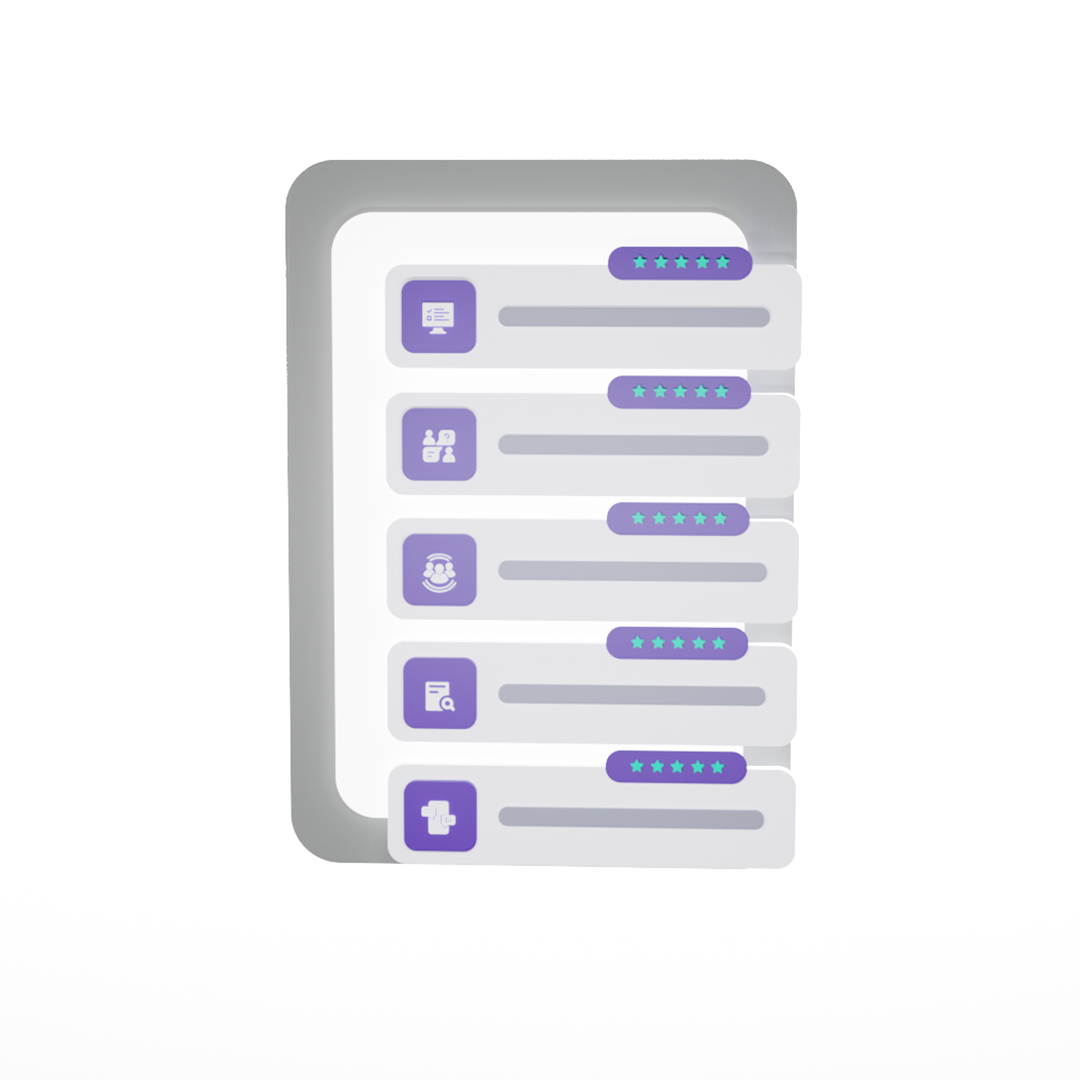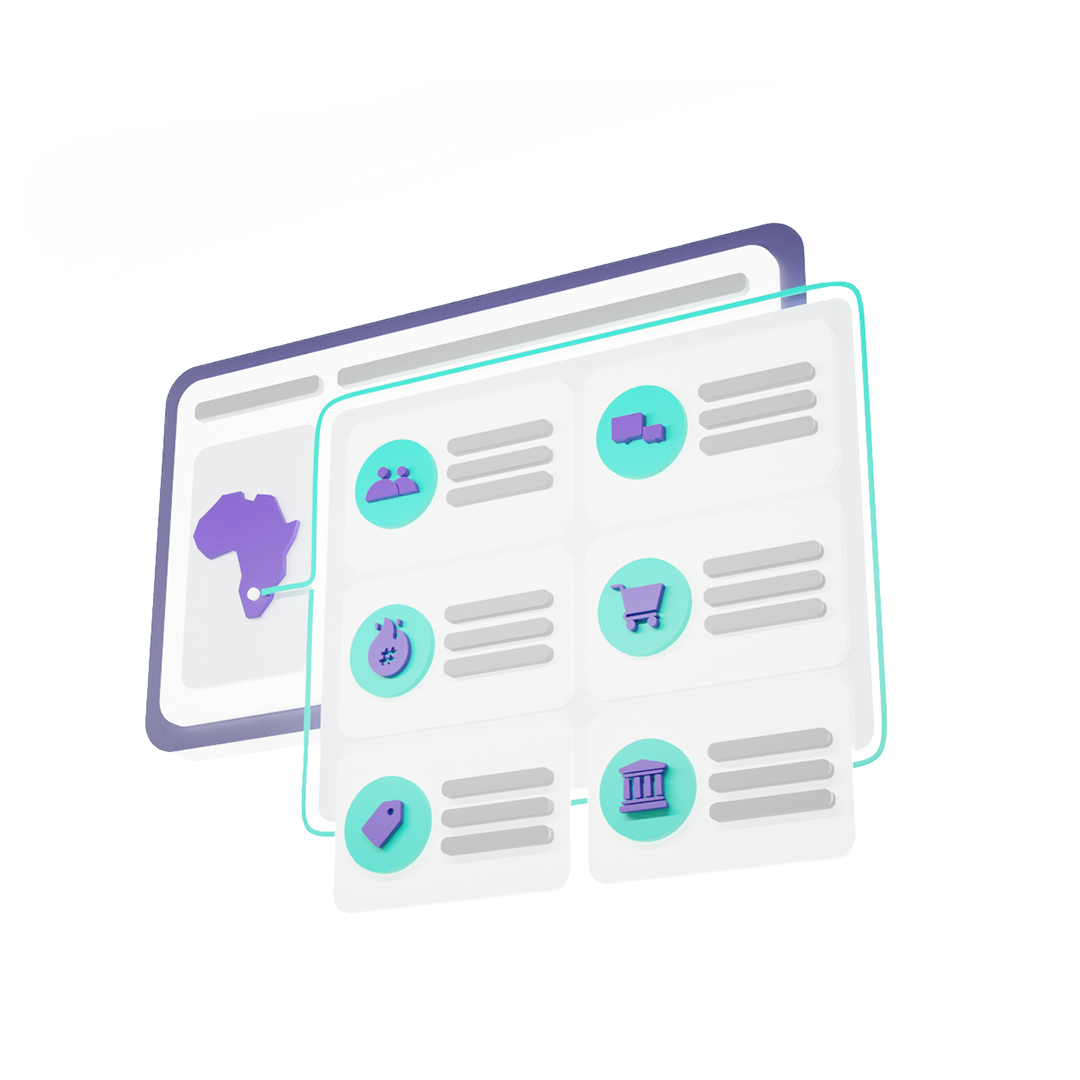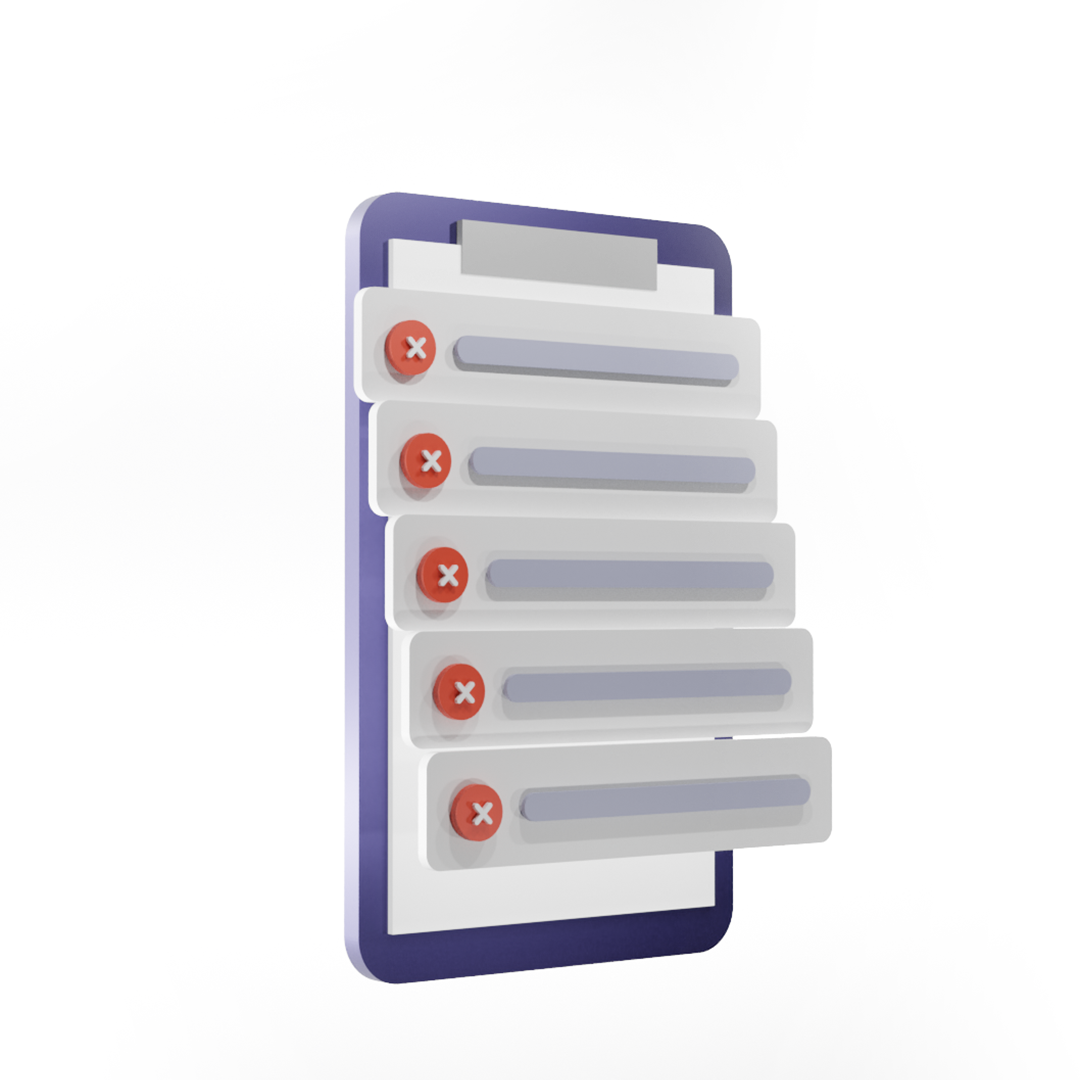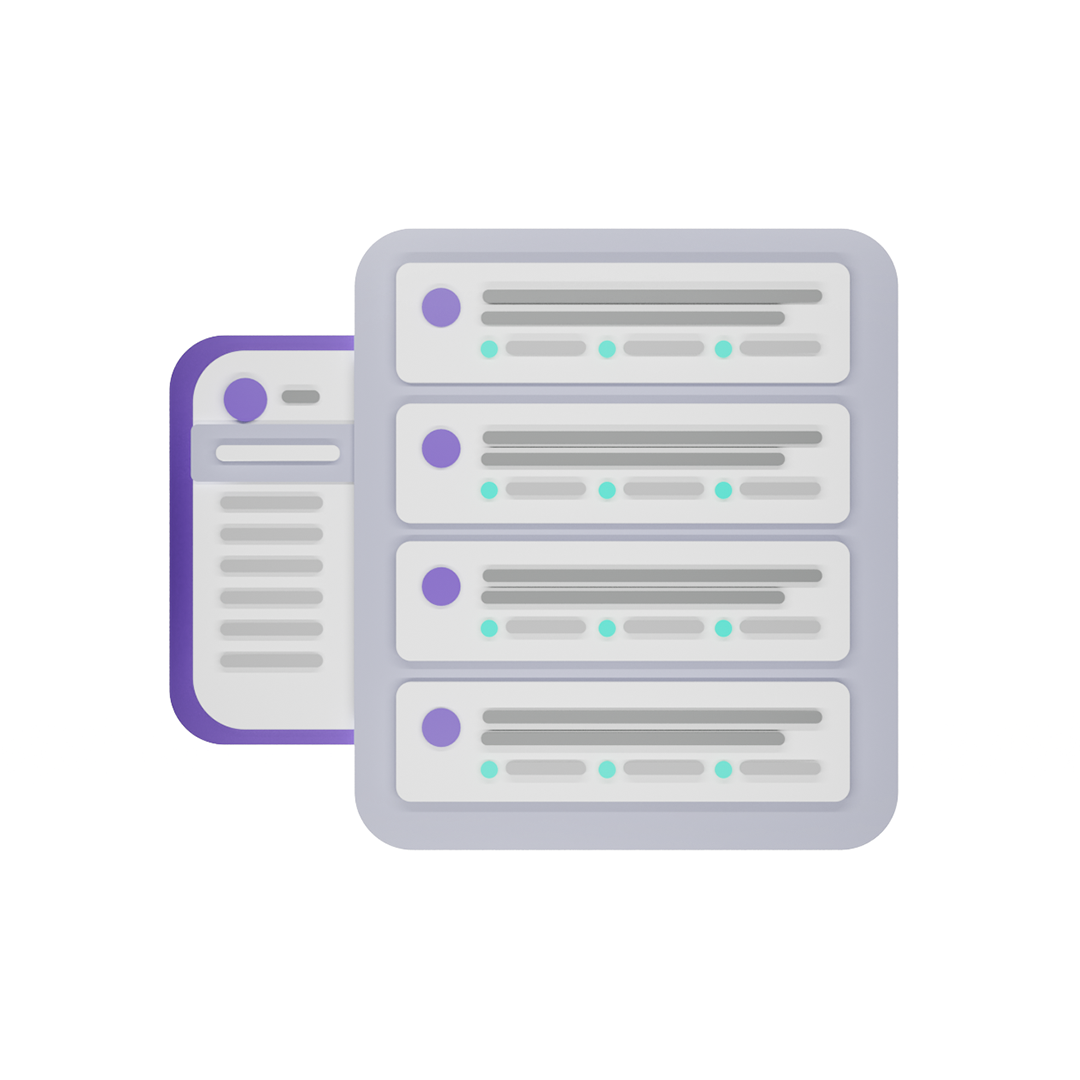Audience measurement is the estimation of a media audience’s size. The more a brand knows its audience, the better equipped it becomes to create content that resonates with its target market. You’ll also be able to measure the effectiveness of your ads by analyzing information about who views it and how they respond to it. This will enable you to identify gaps in your strategy and adjust accordingly.
If you’re just getting started with measuring your audience, this guide will help you understand this strategy is and why it’s essential for every brand that wants to thrive online and offline.
What is Audience measurement?
Audience Measurement, according to J.G Webster “entails regular assessments of the size and composition of media audiences”. The assessments are syndicated reports utilized by the advertising and media industries. This technique involves interviews, diaries, and other meters to quantify people’s exposure and reaction to mass media messages based on survey research. It is susceptible to sampling, nonresponse, and response error, as well as publication errors.
The assessment quantifies the individuals and characteristics of an audience in relation to the media sources and gadgets they use to consume media content and advertisements. It includes television viewing, radio listening, newspaper and magazine reading, and online content intake.
Who uses Audience measurement?
Audience measurement tactic is utilized mainly by media owners, publishers, and advertisers to evaluate the success of media content and establish advertising rates.
It employs social science and market research methodologies to examine the characteristics of actual and potential audiences.
Audience measurement pain points in Africa
The problems that media buyers, marketing agencies, and media companies often encounter is a lack of transparency and robustness in measuring radio and TV audiences. This leads to these companies having to work with outdated data.
Here are some examples of problems you are currently facing:
- Lack of robust data to back media campaign plans and outcomes.
- 56% of Radio and TV have no audience profiling data to support.
- 65% of Radio and TV stations rely solely on social media to track audiences.
- 38% of media buying agencies suspect falsification in listenership data.
- Companies cannot measure radio and television listenership in real-time. Before they collect the required data from third-party agencies, the same becomes obsolete.
Audience measurement use cases
1. Audience measurement and Advertising
One of the areas where AM is important is in Advertising. As audience measurement tools have become more complicated, so too have audiences. Consumers are more informed and sophisticated than ever before; therefore, they must be addressed as such in marketing communications.
Talk to our Audience Measurement experts at Survey54
The first obvious benefit that comes to mind is the enhanced planning capabilities of media agencies and businesses. When companies have tools that allow them to determine how many specific target groups exist in a given location, their campaigns will be much more effective because the advertising budget will be allocated to the locations where it will have the greatest impact.
It gives retailers insight into the performance of their commercials, allowing them to tweak their advertising strategies as needed.
Audience measurement can use demographic or geography data to identify a group’s interest in a product or service. With enough data, it’s feasible to identify trends and predict how well a given ad would do.
2. Audience measurement and the mass media
Audience measurement affects content and commercialization, making it vital for financially sustainable media and media markets. It helps create marketplaces where diverse media may compete in viable niches, provides audience insights, improving the likelihood that media organizations will provide relevant, targeted content, and exposes corruption.
From the perspective of media development, AM demonstrates whether or not people are engaging with the mass media’s content. It can assess the impact and provide data sets across markets and regions to help media development professionals compare and find best practices.
What are Audience Measurement Tools?
Audience measurement tools collect information on the viewers of various forms of content. Advertisers and marketers use these tools to learn about those who view their ads, while digital network owners learn about those who view their screens.
Talk to our Audience Measurement experts at Survey54
Radio and television stations use these techniques to research their audiences, while movie theaters study moviegoers. And these are only a few instances. Different AM technologies are capable of assessing various features of an audience and are designed for usage in a variety of scenarios.
Survey54’s audience measurement solution is unique and relevant to African marketers, advertisers, and media owners. It allows users to view insights in real-time with no third-party interference and reduces errors.
Audience Measurement metrics
The following are some of the most critical metrics that AM tools must be able to provide:
- Audience size
- Audience age
- Audience gender
- Impression/viewers/listeners
- Dwell and focus time
These indicators enable you to deliver more relevant content to a specific audience, increasing engagement and ROI.
How to measure brand awareness?
Surveys
Whether you conduct a survey via email, a mobile App, or a website, you can either ask current customers how they heard about your brand, or you may ask a random sample of individuals if they are familiar with your brand. The first technique will provide insight into how people hear about you, while the second will provide the number of people who can recall your brand.
Website Traffic
Measuring your website’s traffic over time can provide insights regarding your brand’s recognition, but you must look in the correct direction. The direct channel in Google Analytics records the number of visitors that typed your URL directly into their browser’s address bar, utilized a browser bookmark, or followed a link in an untraceable email or offline document. Tracking this over time will provide an indication of brand awareness fluctuations.
Social Listening
Another effective tactic is to consider where people are currently conversing, such as social media and other websites.
Talk to our Audience Measurement experts at Survey54
Social listening enables you to monitor natural, online discussions about your brand across social media and other online platforms. You can hear consumers’ sentiments as they are organically expressed by listening to these unsolicited opinions.
Looking To Understand Your Radio & Tv Audiences Better?
Advertisers, marketers, and owners of digital networks rely on precise audience data to assess KPIs and maximize ROI. However, acquiring this information is frequently difficult. This is why it is important to partner with experienced researchers for reliable Audience measurement insights in Ghana and Nigeria.
Media agencies and marketing professionals can track engagement and ad performance by key demographics with Survey54’s radio and TV audience measurement tool.
Our platform gives you the ability to see the audiences that are tuned into and viewing your radio and television programs, as well as to monitor your advertising spending for a greater return on investment.
If you are looking at gathering Radio and TV data in real-time, talk to one of our Audience Measurement experts. We help companies carry out valuable marketing campaigns every day, so they can reach their consumers where they are and understand them better.







